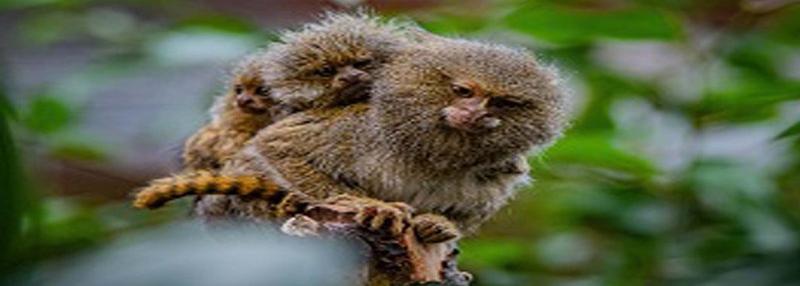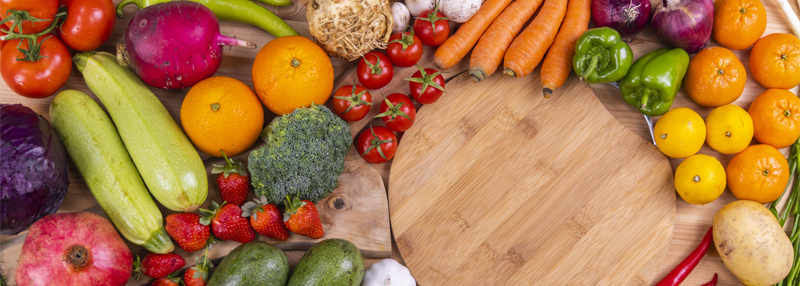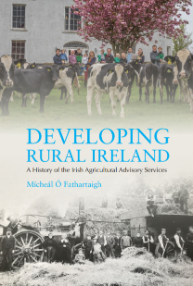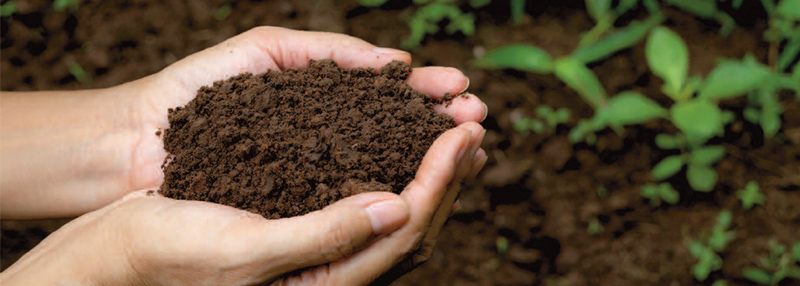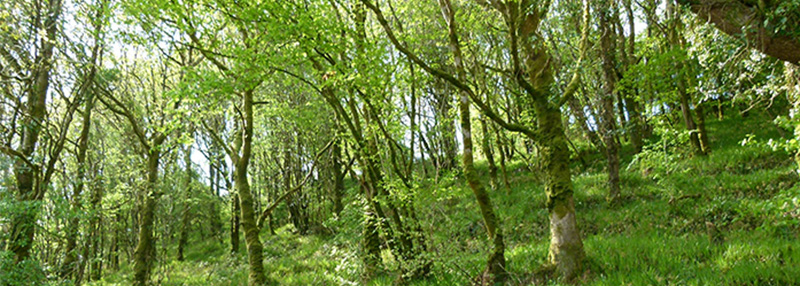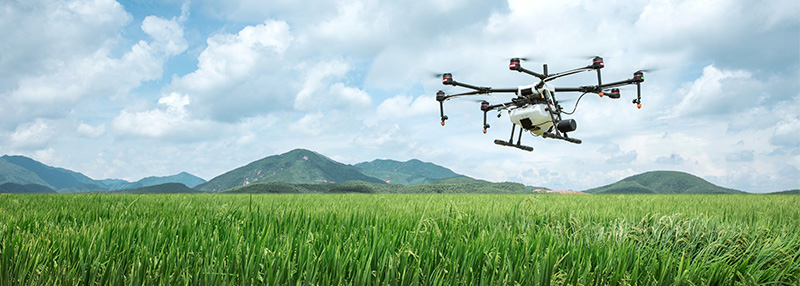Brainstorm 2019 – 2021
Why farm soils cause greenhouse gas emissions – and how to fix it
A large proportion of agricultural greenhouse gas emissions come from the loss of soil nutrients via applied fertilisers and other chemicals. Soil may not be the most ‘attention grabbing’ headline, but it is definitely an important one. Read the full article here
By Rosie O’Neill
Rosie is a Teagasc Walsh Scholar based at the Teagasc Environmental Research Centre, Johnstown Castle, Co. Wexford. She is assessing the impact of management factors on soil denitrifying communities and nitrogen emissions.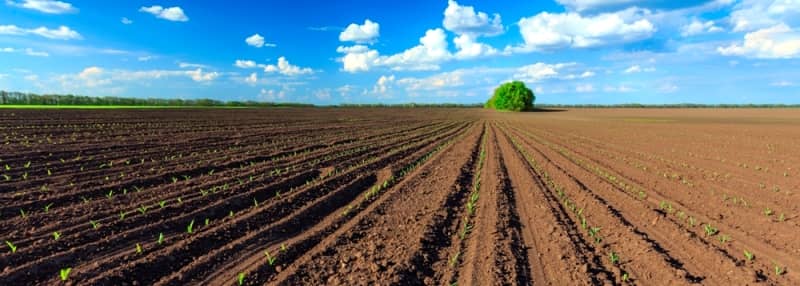
Who wants an insect energy bar or bug burger for lunch?
Just as no-one anticipated demand for soy-based sausages and seaweed burgers, there’s another future food revolution swarming to our shops. Insects are high in protein and have rich amino and fatty acid profiles. Read the full article here
By Laura Healy
Laura is a Teagasc Walsh Scholar. Her project title is value addition to aqua culture seaweeds for novel functional food development.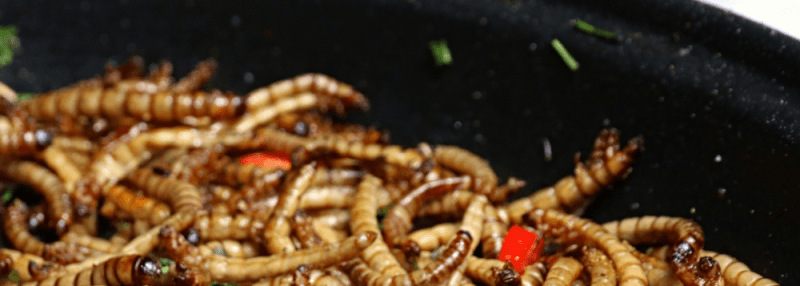
Can we change our behaviour to prevent superbugs?
Antibiotic resistance occurs when we overuse or misuse antibiotics in animal health as well as human health. Antibiotic resistance makes essential antibiotics no longer effective. The invisible threat of antibiotic resistance is a health issue that urgently needs addressing by us all, from farmers to consumers. Read the full article here
By Alison Burrell and Áine Regan
Alison Burrell is a chartered health psychologist and post-doctoral researcher with Teagasc. Dr Áine Regan is a Research Officer (Social & Behavioural Science) with Teagasc.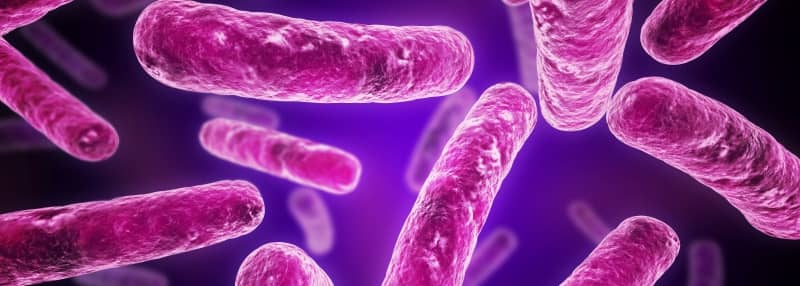
What are Irish farmers’ views on climate change?
Communities in the Atlantic area face challenges from changing temperatures and rainfall patterns, sea level rises and the impact of extreme climate events (such as storms, flooding and droughts) that could interrupt agricultural activity. Read the full article here
By Edel Doherty, NUI Galway; Sinead Mellett, Athlone Institute of Technology; Denis O’Hora, NUI Galway and Mary Ryan, Teagasc
Mary is a researcher based at the Teagasc, Rural Economy & Development Centre, Mellows Campus, Athenry, Co. Galway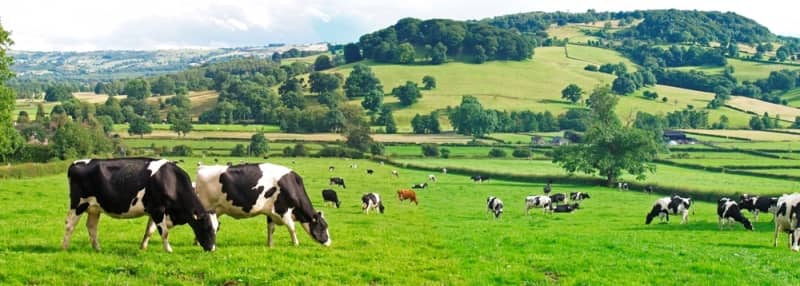
The secrets hidden in Irish townland names
The massive importance of agriculture in Ireland can be seen in how placenames recall past farming practices. These placenames are an invaluable inheritance that give us a distant perspective on how our ancestors used parts of their landscape. Read the full article here
By Jesko Zimmermann and Rob O’Hara
Jesko is a Data Technologist and Rob is a Postdoctoral Researcher, both work in the Agrifood Business and Spatial Analysis Department at Teagasc.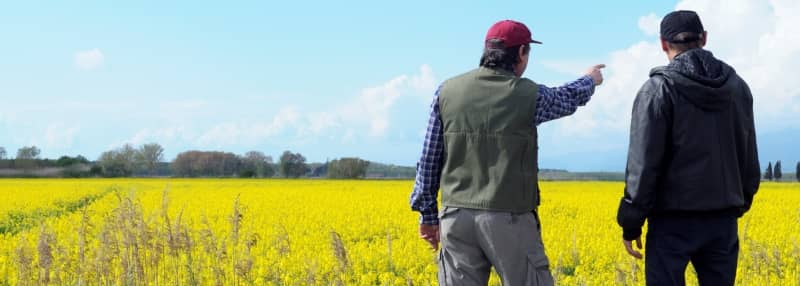
Why do leaves change colour at this time of year?
It’s all down to a bunch of chemicals, a process called senescence and the lifecycle of a tree. Leaf senescence is when the normal green leaves of many deciduous trees and shrubs take on shades of yellow, orange, red, purple, and brown in the autumn. Read the full article here
By John Casey
John is a Forestry Development Officer with Teagasc. He has a broad technical knowledge of the Irish forest industry. With a specific interest in forestry-related financial analysis and wildfire prevention and controlled burning.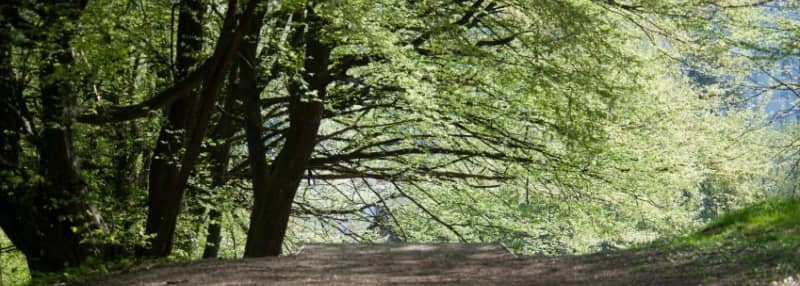
How sustainable is the food we eat in Ireland?
Are you Culturally Sustainable, Nutritionally Sustainable or Unsustainable when it comes to your diet? Is it possible to consume a diet where we can achieve both healthy eating guidelines and have minimal environmental impacts? Find out in the full article here
Sinéad is a Research Officer at Teagasc. She has been involved in many areas of nutrition and consumer research, with a focus on food and health.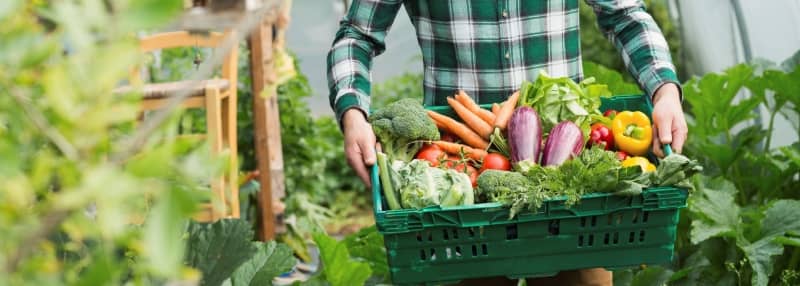
Burping and flatulence: methane gas emissions and cows
Research is looking at how to reduce methane emissions from cattle, which accounts for almost 20% of Ireland’s total greenhouse gas. Methane lives in the atmosphere for approximately 12 years and is then converted into carbon dioxide. Read the full article here
By Katie Starsmore and Laurence Shalloo
Katie is a Research Technician with VistaMilk and Laurence is a Research Officer at Teagasc.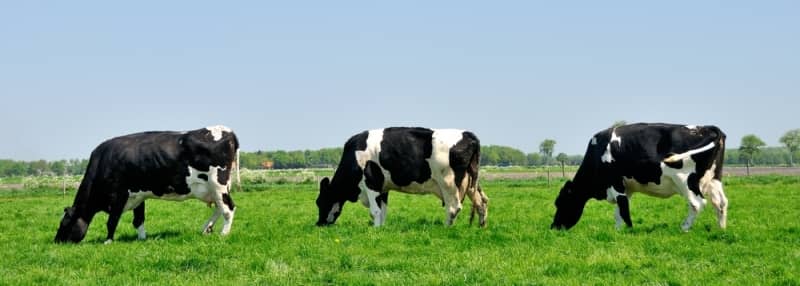
From kimchi to kombucha, a guide to the world of fermented foods
Many of us use fermented foods as a potential source of live microbes to benefit our health. Food fermentation is a distinct form of food processing where foods are produced through the actions of microorganisms, including bacteria and fungi. Read the full article here
By Liam Walsh, Teagasc
Liam is a PhD researcher located at Teagasc, Moorepark Food Research Centre.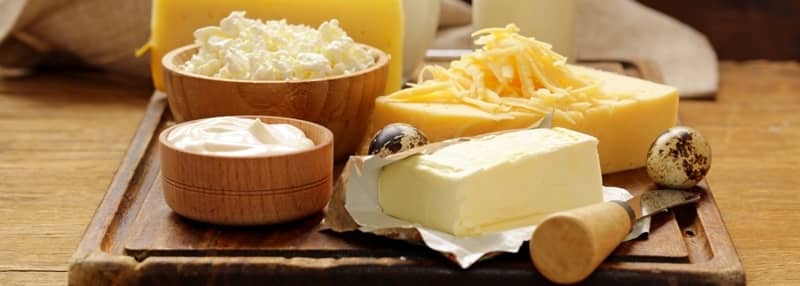
Why are the forests in the Dublin mountains getting a makeover?
The move to continuous cover forestry will have huge benefits for the environment and our health. The essence of continuous cover forestry is that a woodland will maintain a permanent forest cover once established. With a focus on individual trees, the concept of rotation no longer applies. Read the full article here
Edward is a Teagasc Walsh Scholar, he is a silviculturist with interests in tree biology, silvicultural systems and forest conservation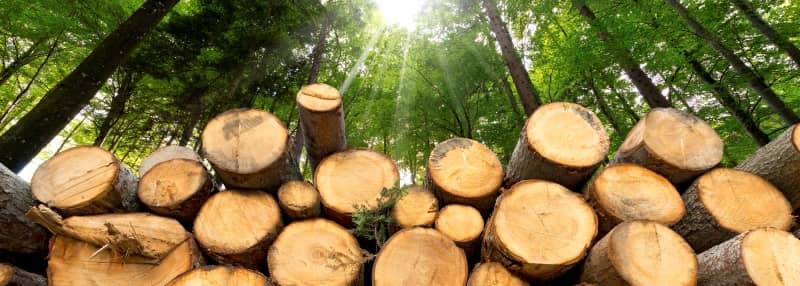
If monkeys are fermenting, why aren’t you?
Just how old is the art of fermentation and why should you be doing it too? Egyptians pioneered the fine art of beer brewing and bread leavening at least 4,500 years ago. Ancient Chinese were brewing mead 9,000 years ago according to evidence found in clay pots uncovered in Jiahu, China. While physical evidence from further back is lacking, we can look to evolution for insights into our long history with fermented foods. Read the full article here
Dr John Leech is a MASTER research officer at APC Microbiome Ireland SFI Research Centre based at Teagasc
How do fruit and veg affect our digestive system?
Fruit and vegetables are an excellent source of both macro- and micronutrients and are also key to a healthy digestive system. Fibre from fruit and vegetables such as oranges and carrots stimulate the movement of food through the gastrointestinal tract. Meanwhile, vegetables such as chickpeas and spinach are good sources of protein, which are the building blocks of our cells and muscles. Read the full article here
By Muireann Egan, Teagasc
Dr Muireann Egan is Communications Officer at the Teagasc Food Research Programme
The long, quiet agricultural revolution in rural Ireland
The Famine set the scene for another, longer and quieter revolution in Ireland in the 20th century, too, one that was no less significant in terms of its affect on people’s lives. The Famine had been catastrophic for rural Ireland especially. Not only had the human toll been heaviest there, but the very structures of rural society had been broken by the Famine. Read the full article here
By Mícheál Ó Fathartaigh, NUI Galway
This piece is based on the recent publication Developing Rural Ireland: a History of the Irish Agricultural Advisory Services
The dark mysteries of the soil beneath our feet
Soil is a complex matrix and its chemical composition often depends on the location in the landscape, the parent material underneath, and the influence of the management above. Defining chemical reactions in soil is akin to the art of alchemy. In fact, the word alchemy has its roots in the Arabic word kimia or khem, which refers to the fertile black soil of the Nile Delta. Read the full article here
By Dr Karen Daly, Teagasc
Dr Karen Daly is a Senior Research Officer working in soil and catchment science at Teagasc, Johnstown Castle, Co. Wexford.
Can we plant 22 million trees a year?
The government recently announced plans to plant 440 million trees by 2040 in an effort to tackle our greenhouse gas emissions, a third of which come from agriculture. That’s 22 million newly planted trees a year and, to the uninitiated, it sounds like a lot. So can it be done? Read the full article here
By Aoife Ryan-Christensen RTE Brainstorm
Meet the farmers of tomorrow
In this Brainstorm podcast, we find out what out future farms and farmers might look like. From technology to crops, Ella McSweeney talks to Peter Mooney (Maynooth University), Aine Macken-Walsh (Teagasc) and Shane Conway (NUI Galway) about what will be happening in the future on, off, over and under the land. Listen to it here

